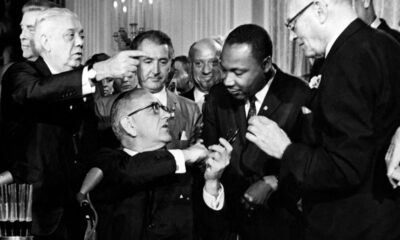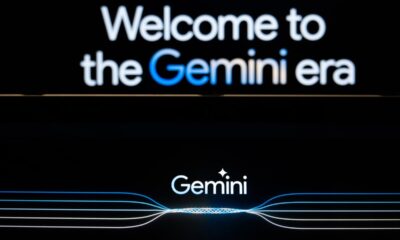Technology
How ants act for the common good of the colony

The emerging complexity of ant communities is one of the most fascinating phenomena in the natural world: how do these tiny creatures form such intricate social networks? These networks are so nuanced that the colony itself is sometimes referred to as a self-contained organism – or “superorganism” – with individual ants as its constituent parts.
a paper published this month in the magazine PNAS nexus investigates how ant behavior is influenced by social contagion. Social contagion is the process by which certain behaviors can spread through a group, resulting in what is called “crowd behavior.”
Social contagion is common in all kinds of social animals, from ants and fish to birds and humans. But while it can be useful if it leads to cooperation and collective action, the study points out that the crowd behavior it creates can also have “catastrophic consequences, such as mass panic and stampedes.” As such, the positive reinforcement of social contagion in animal societies is generally offset by what the authors call “reverse social contagion.”
Social contagion arises from an individual’s urge to imitate an activity he sees being performed by his neighbors, while reverse social contagion arises when individuals fewer are likely to do something if they see their neighbors already doing the same. This prevents situations where entire groups end up all doing the same activity, regardless of the usefulness of that activity.
As the paper points out, negative consequences of social contagion are strikingly rare among ants, suggesting that this reverse social contagion plays an important role in ant communities. To quantify how reverse social contagion regulates ant behavior, the researchers examined individual ant activity among twelve colonies of harvester ants. These colonies ranged in size from a few dozen to several hundred ants. The experiment was designed to determine how the size of a colony affected the activity level of its workers: if ants’ behavior depended only on positive social contagion, more ants would be expected to be active in a larger colony because they had more opportunities would have to ants. observe a certain behavior in their fellow ants.
The study found that just because the colony was larger did not mean more ants exhibited the same behavior. Because different groups engaged in different behaviors, observations suggest that there was also reverse social contagion.
This also provides a stark contrast to human societies, where the activity level of individuals tends to increase more rapidly as a society’s population grows. The announcement the article uses the general example of food gathering to illustrate the difference: when an ant sees several colleagues gathering food, it saves its own energy for another task that may be more beneficial to the colony. However, when people see their neighbors all gathering food, they worry that there may be nothing left for them – a concern that is becoming increasingly urgent as the population increases.

As Simon Garnier, the paper’s lead author and associate professor of biological sciences at the New Jersey Institute of Technology, explains in the announcement: “Human behavior is often driven by personal gain. [but] ants…tend to prioritize the needs of the colony over their own. This has enormous implications for understanding the differences between the organization of human and social insect communities.” That’s a bit of a generalization, of course, as there are plenty of human societies that value the collective over individual interests, but that may be a matter of sociology and culture rather than behavioral science.
Regardless, the authors draw a fascinating conclusion: the often-heard metaphors about ant colonies as “superorganisms” are actually quite accurate. “This work,” the article concludes, “suggests that the appropriate atomic unit for an ant is its colony – and not itself as a single organism.”











